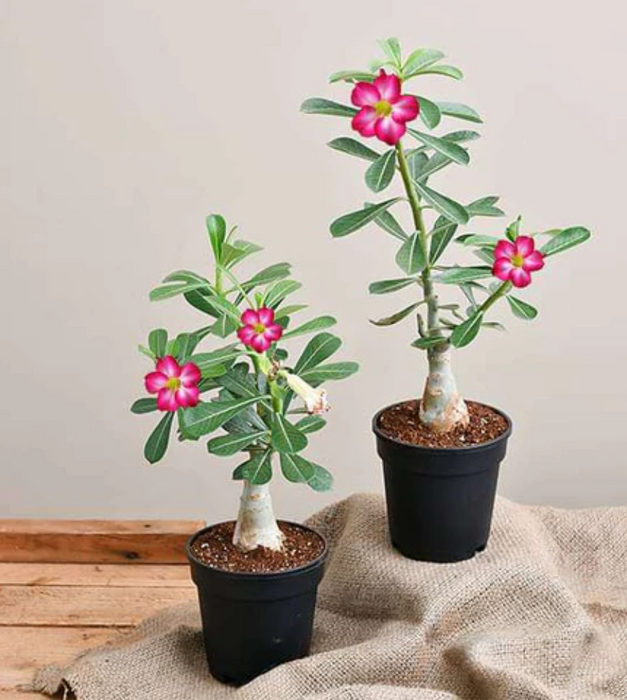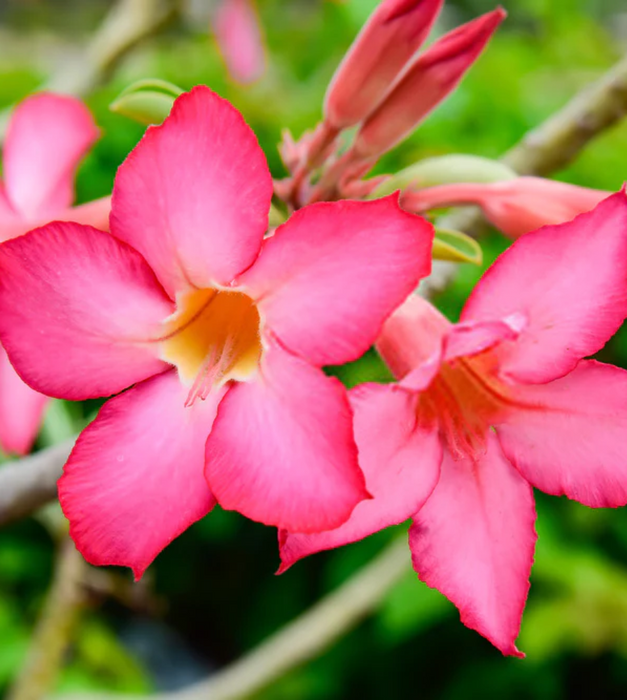
Set of 2 Bonsai Grafted Adeniums
Save 12%
Original price
₹1,650
Original price
₹1,650
-
Original price
₹1,650
Original price
₹1,650
Current price
₹1,450
₹1,450
-
₹1,450
Current price
₹1,450

